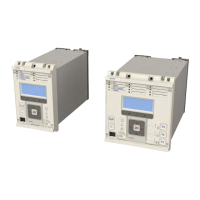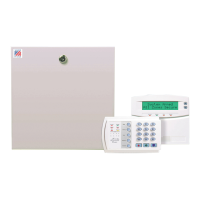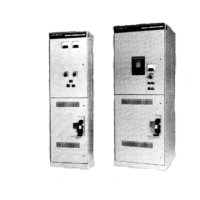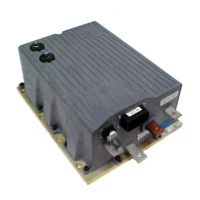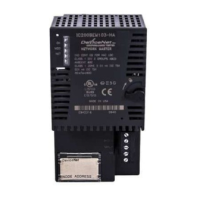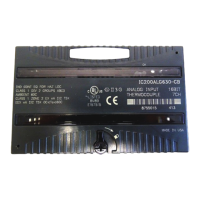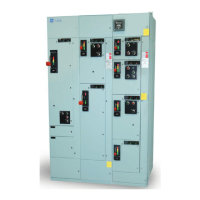If the machine is allowed to rotate in the opposite direction, the thermal protection and negative phase sequence
ov
ercurrent element detects the condition and trips the circuit breaker in their respective time delays. However, it is
sometimes better not to allow the motor to rotate at all.
For such applications, the P24xM relay includes a 3 phase voltage check detector. This element monitors the input
voltage rotation and magnitude. The positive sequence voltage should be greater than the negative sequence
voltage and the phase voltages VA, VB and VC should be greater than the user settable threshold. If the
aforementioned conditions are not satisfied then an alarm is raised. This alarm contact can be interlocked with the
motor contactor or circuit breaker to prevent the motor from being energized until correct phase rotation and
sufficient voltage exist on the system.
This feature requires a 52a circuit breaker auxiliary contact mapped to an opto input to get the information
CBclosed/CB open.
Setting guidelines
The undervoltage interlock (Start Low V Set) is provided to prevent the motor attempting to start on reduced
voltage. The setting is system dependent but may typically be set to:
80% - 90% of Vn.
6.5.1.2 LOSS OF PHASE (WHILE STARTING AND RUNNING)
Principle
If a motor is star
ted with one phase open, it remains stationary and it can draw a current equal to 0.866 times the
normal starting current. Under these circumstances, the negative phase sequence component present in the
current is equal to half the normal starting current value. This is an extreme condition, as this amount of negative
phase sequence current rapidly overheats the motor, and unless corrective action is taken, the motor will be
seriously damaged.
Loss of one phase of the supply to a motor during normal running conditions, results in the following conditions:
Heating increases considerably due to high rotor losses caused by the -ve sequence current now present
Output of the motor is reduced and, depending on the load, an induction motor may stall or a synchronous motor
may pull out of synchronism,
The motor current will increase.
One common factor in the aforementioned conditions is the presence of negative phase sequence current. The
P24xM relay therefore incorporates a negative phase sequence current element to detect such extreme operating
conditions. This negative phase sequence current element operating time characteristic is of an inverse time
nature and is governed by the following formula:
t = TMS * [1.2/(I2/Is)]
Note:
If the I2/Is has to be limited, a fixed timer should be used for the threshold I2> value.
The element may be selectively enabled or disabled.
In addition to this, an independent
, definite time alarm stage is provided.
Setting guidelines
This element should be set in excess of the anticipated negative phase sequence current resulting from
asymmetric CT saturation during starting, but less than the negative phase sequence current resulting from loss of
one phase during starting.
P24xM Chapter 6 - Current Protection Functions
P24xM-TM-EN-2.1 107
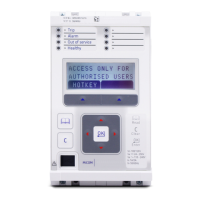
